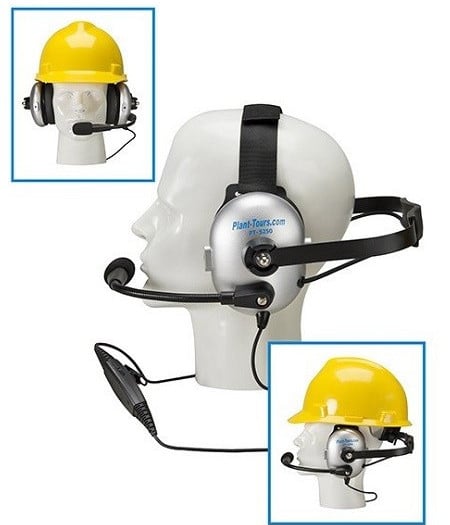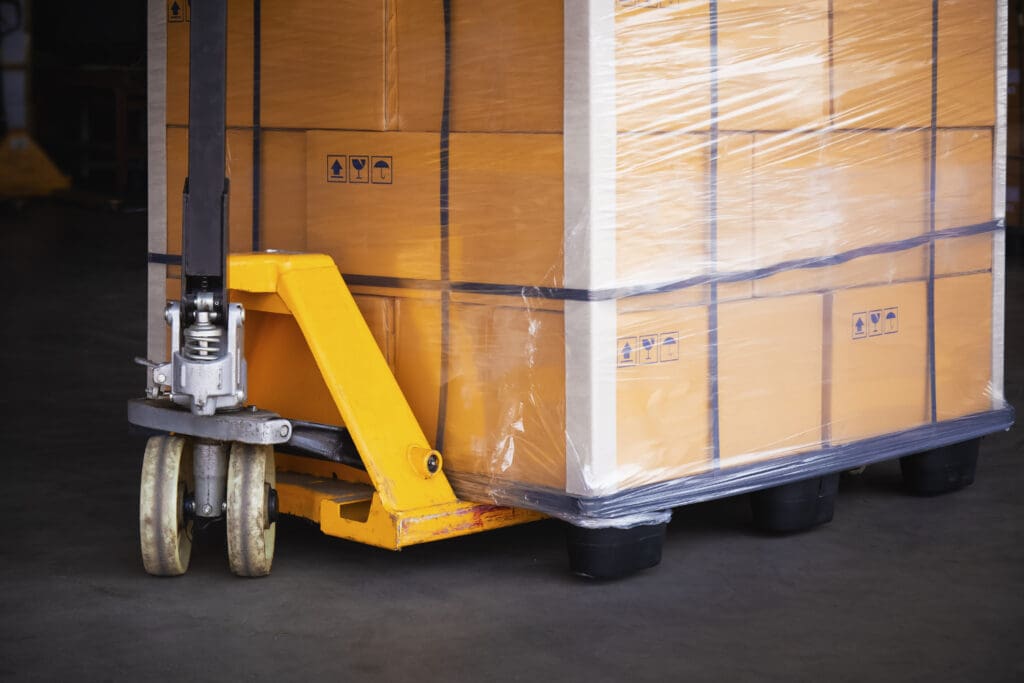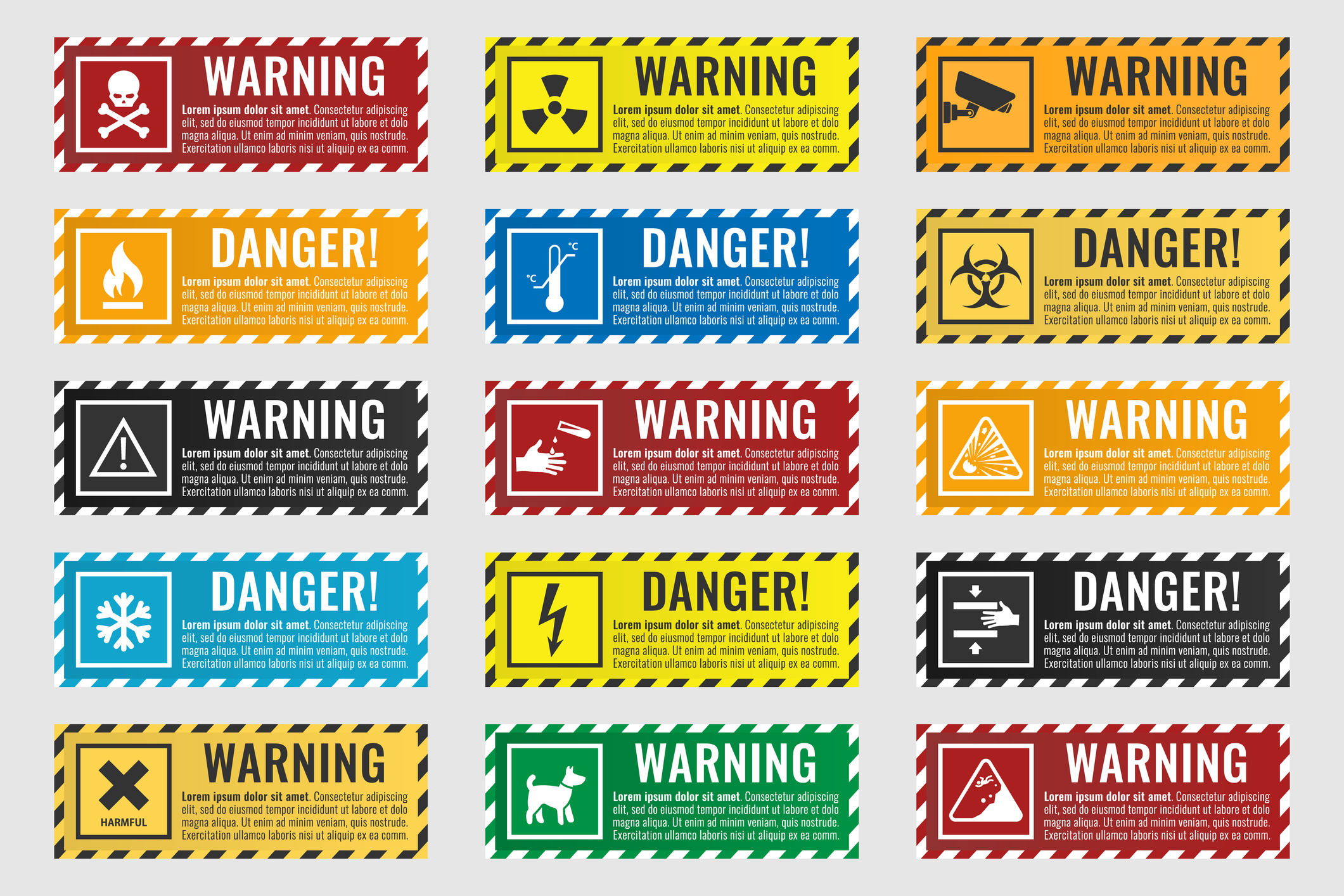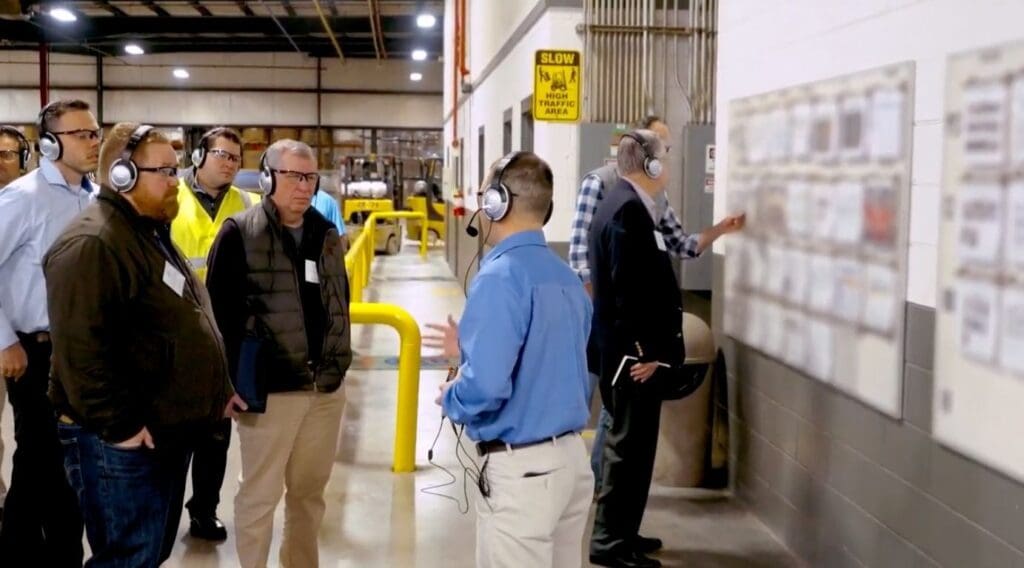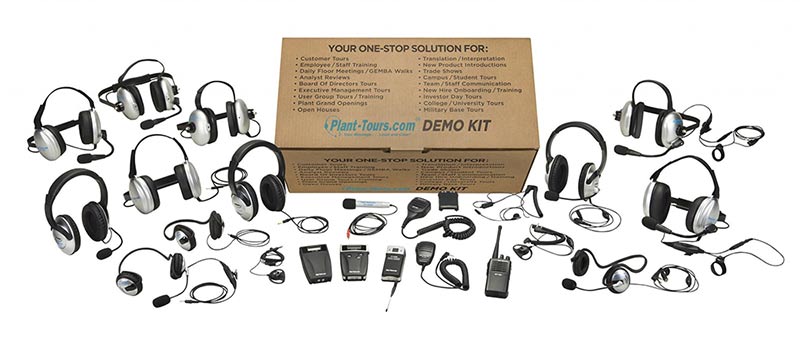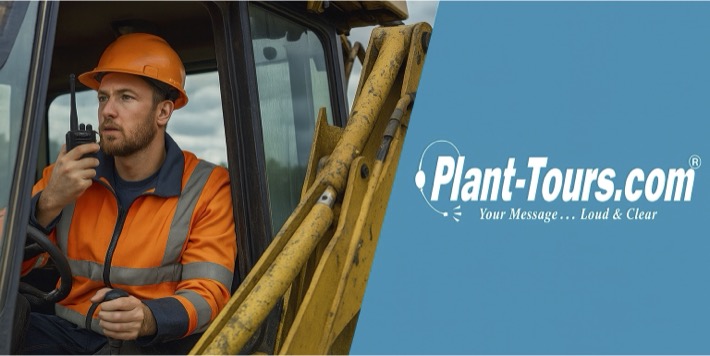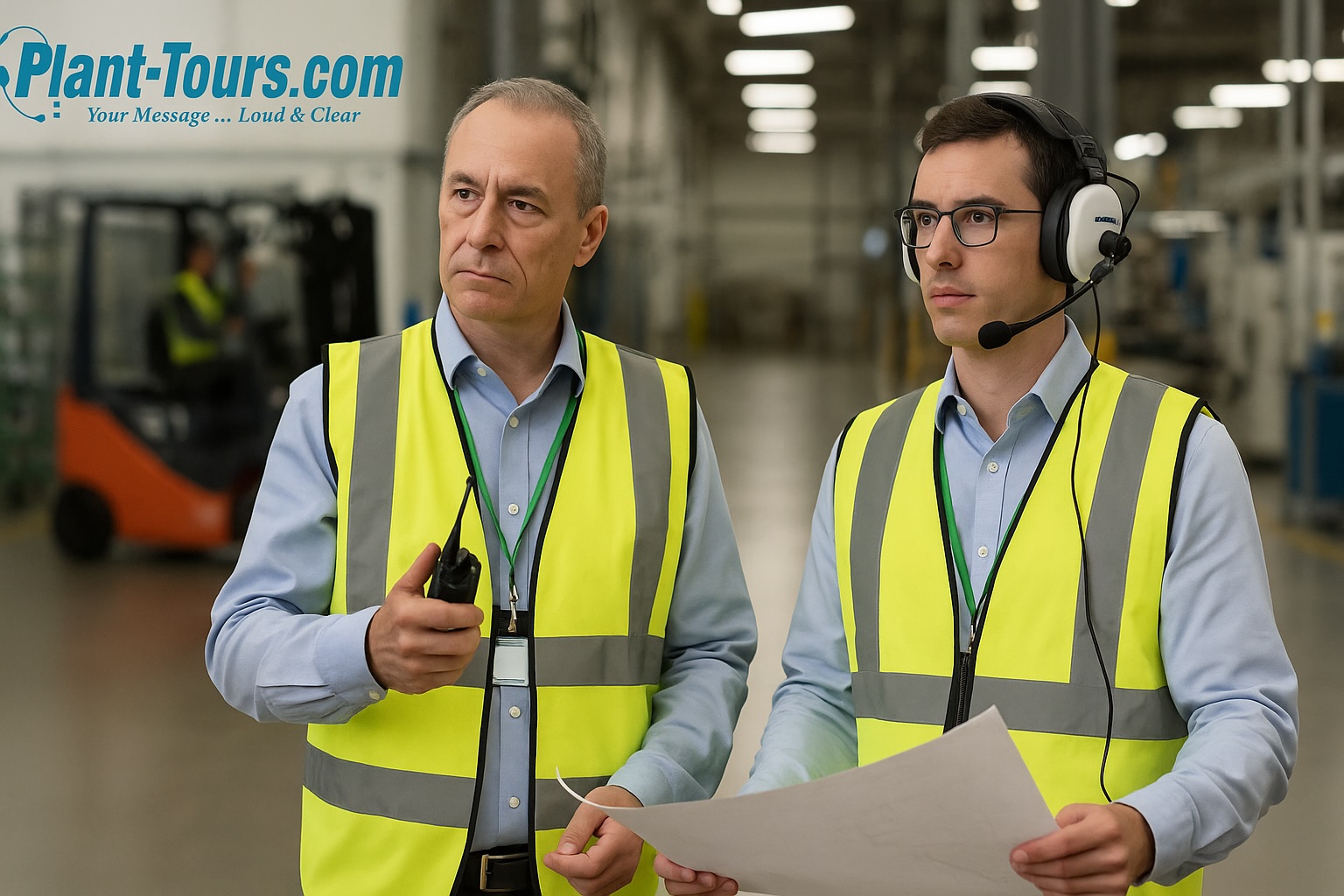Manufacturing plants and facilities are typically large and loud environments that operate heavy machinery and equipment. In these sometimes harsh facilities, workplace safety can require a lot of attention to detail. However, it’s important to stay up-to-date with safety tips in order to make sure your facility is operating smoothly.
Why It’s Important to prioritize Safety In Manufacturing Plants
Through our customers, we have seen firsthand how critical effective communication in the workplace is. With proper safety programs, procedures, and equipment, facilities can minimize the potential for workplace accidents and generally ensure employee safety and productivity.
Top 10 Tips:
- Use machines, equipment and tools properly
- Use personal protection equipment (PPE)
- Report unsafe conditions
- Practice safety lifting protocol
- Provide safety training opportunities
- Label hazardous areas appropriately
- Keep work areas clean/emergency exits clear
- Encourage breaks from time to time
- Conduct regular safety inspections
- Communicate with your staff regularly
Safety Tips for Manufacturing Plants
In such difficult conditions, safety for both workers and potential visitors is crucial. To minimize the risk of workplace accidents and increase safety, we have compiled a list of the top 10 most essential safety tips for manufacturing plants to practice.
Tip 1: Use Machines, Equipment and Tools properly
Improper use of equipment is one of the leading causes of workplace accidents and injuries, according to the Occupational Safety and Health Administration (OSHA). It’s extremely important that employees are using the right tool for the right job. Damaged tools can impose a serious threat, so be sure not to use anything damaged or broken.
Always be sure to regularly check your machines, equipment and tools for any safety issues. Performing maintenance on any required equipment will keep it safe and in good working condition.
Tip 2: Use Personal Protection Equipment (PPE)
Using the proper personal protection equipment (PPE) will greatly reduce the chance of workplace injuries. All employees, management, and any visitors should always have access to protective gear when in a harsh environment.
Safety gear such as eyewear (goggles/glasses), hard hats, bright-colored vests, gloves, and hearing protection (such as headsets or ear muffs), are recommended. It’s important to know what type of equipment is needed in your workplace, so do your research to see what OSHA recommends or requires.
Tip 3: Report Unsafe conditions
From time to time, equipment can become damaged or misplaced, and work areas can also become unsafe. Things such as wet floors, frayed electrical cords, loose bolts, or even a cluttered work area can pose a threat and cause potential hazards to employees.
Report any unsafe conditions or abnormal activity to your supervisor immediately. In certain situations a facility lockout/tagout protocol may need to be followed, so it’s vital to always be aware. Always have warning signs and practice early reporting to help prevent injuries in your manufacturing facility.
Tip 4: Practice Safety Lifting Protocol
Lifting boxes or heavy equipment can become an everyday activity in the manufacturing industry and similar workplaces. It’s important to know the proper way to handle or move large/heavy items.
Practicing safe lifting techniques can be a great way to prevent injuries. Having the appropriate safety protocols and safe lifting can eliminate pulled or strained muscles. For extra safety, try using stickers or labels differentiating heavy boxes/items from the lighter ones.
Tip 5: Provide Safety Training Opportunities
Employees can never have enough safety training or education when it comes to safety in the workplace. It is vital that both employers and employees partake in frequent training programs and safety meetings addressing all the possible safety topics in their place of work — not only to familiarize themselves with the most up-to-date general workplace safety tips and recommendations but to also be able to adhere to all the necessary requirements and regulations at all times.
Providing opportunities for workplace safety skills can help employees retain new information, and even refresh existing knowledge. Having a proper safety program for manufacturing safety will ensure that employees are all on the same page and know what to do in case of an emergency.
OSHA is a great resource to provide information regarding forklift safety, slips/falls, fire hazard safety, machine operations, etc. Hosting regular meetings, classes, and videos can help make sure employees know the company policies.
Be sure to touch on other items such as response time, risk assessment, proper use of PPE, and other safety procedures like machine guarding, first aid, evacuation strategies, and overall employee communication. Being prepared is key, and knowing how to respond to a dangerous situation quickly and effectively will help ensure your safety and the safety of those around you.
Tip 6: Label Hazardous Areas Appropriately
A good safety standard to have is to provide proper labels to specific areas in the workplace to help prevent accidents. Labeling hazardous areas properly will allow employees to know what equipment/protective gear may be needed and can also keep people out of places where they are not supposed to enter. Be sure to have:
- Mechanical safety labels and signs
- Electrical safety labels and signs
- Chemical safety labels and signs
- Floor safety labels and signs
-
Tip 7: Keep Work Areas clean/Emergency Exits clear
It’s important to keep your work area clean and clutter free to prevent hazards like trips and falls. All aisles, walkways and emergency exits should remain clear. In the event of an emergency, this will allow employees to exit the building safely – having blocked entryways can prevent a quick escape, leaving workers in harm.
If you work with liquid, be sure to immediately clean up any spills/leaks that occur, never to leave anything on the floor. Having a clean area also includes maintaining any extra tools or equipment, such as loose nails or screws. Make sure there are no loose boards or holes in your work area, and if there are, be sure to report them immediately, as discussed in tip #3.
Tip 8: Encourage breaks from time to time
Many workplace injuries occur when employees are tired, less focused, and cannot adequately observe safety hazards and dangers around them. Create a positive safety culture by encouraging employees to take frequent breaks – not only to increase productivity – but more importantly to keep them safe and eliminate any mistakes. With short breaks, workers are able to stay more alert and refreshed.
Tip 9: Conduct Regular Safety Inspections
Regular safety inspections should always be a priority as they can help prevent accidents. According to OSHA, the most frequent safety violations have to do with the following: machine guarding (i.e., safety guidelines, procedures, and mechanisms in place when operating heavy machinery such as forklifts, automated assembly lines, power presses, etc.); the lockout/tagout standard (aka LOTO), a two-step control method which ensures dangerous equipment is properly shut off and exposure to hazardous energy is prevented; the hazard communication standard (i.e., adequately informing fellow employees and colleagues about potential dangers); the respiratory protection standard (i.e., minimizing exposure to hazardous materials through the use of respirators and other safety equipment); and electrical wiring methods.
With so many common violations, it’s critical to conduct regular safety inspections. This ensures that your manufacturing plant is up to code and can even help you identify hazards you may have missed or didn’t recognize. A great way to conduct inspections regularly is to create checklists or forms that allow your employees, supervisors, and health/safety committees to double-check the workspace. Always be on the lookout for things such as loose wires, blocked exits, poor lighting, and even improper usage of equipment.
Tip 10: Communicate with your staff regularly using proper headset equipment
Worksites tend to face challenges with high levels of noise due to heavy machinery and equipment use. It is essential that your employees can communicate effectively and with relative ease in any work environment. Establishing and maintaining specific communication systems and headsets, hand signals, gestures, clear visible signs, lights and other visual and non-verbal cues will create better communication for your team.
Our one-way and two-way communication headsets for manufacturing teams are perfect examples of ways to better communicate between your staff. Our two-way tour guide options are ideal for group interaction. PlantTours communication systems are perfect for staff meetings in plants and on manufacturing floors, new hire orientation and on-boarding for employees, executive walk-throughs, staff training, safety training meetings, and even inspection and evaluation tours.
PlantTours products are user-friendly, lightweight, and built to perform. Our audio guide systems provide quick and easy information exchange, all with the press of a button. With our communication headsets, your staff will regularly be able to communicate with one another – preventing any miscommunication in the workplace.
Conclusion
Adequate safety training is an essential part of the effective functioning of any business, and the manufacturing industry can particularly face many challenges when it comes to keeping everyone involved safe from harm. Adhering to the safety tips above, educating and familiarizing yourself with your workplace, and knowing and abiding by the latest local and national safety standards will help guarantee that your business, employees, and any visitors have one less thing to worry about.

